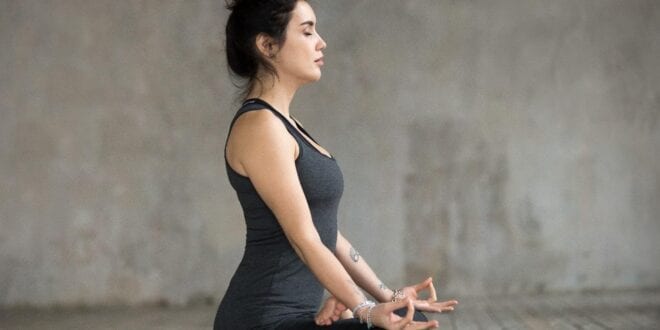In a healthy body – a healthy spirit! To achieve a balance between mind and body, it is necessary to combine several things. Some of the key factors are proper diet, regular physical activity, regular sleep, and so on. However, what we will especially emphasize is taking care of your spiritual part, the inner you. It is about meditation. It is meditation and yoga that provide people with an escape from the stress that everyday life brings. It has also been shown to possibly alleviate the symptoms of depression, but also to improve cognitive skills which include focusing, contextual memory, visual-motor fitness, planning, reaction speed, and many others.
Relaxing of the mind is typically a result of meditation. We all search for ways to scale back stress within the midst of our busy schedules and demanding lives through meditation. It helps us find awareness and achieve peace. Both scientific and spiritual traditions throughout history have attested to meditation for healing and relaxing the mind in various ways. Academic researchers have written papers showing that meditation helps to lower pressure, ease symptoms of depression, reduce anxiety, decrease pain, and improve sleep.
How am I going to choose the right technique for me?
It may take you a little longer until you find the technique that works best for you. In any case, no technique will harm you, but you may simply not recognize yourself in that method. Then when you find the right one, with regular exercise you will feel complacent and change bad habits. In a word, you will achieve harmony of mind and body. Isn’t that exactly what we all want?
There are six popular sorts of meditation one could practice:
1. Mindfulness Meditation
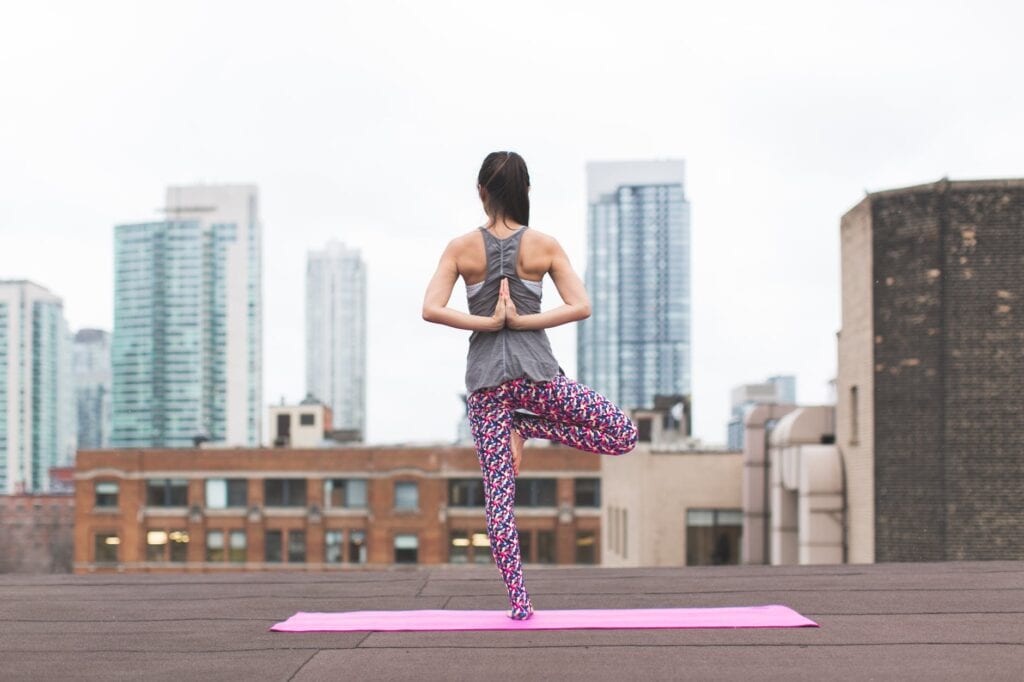
This is a really common kind that originated from Buddhist teachings. In mindfulness meditation, you focus on your thoughts, sensations, and feelings as they are going through your mind and body. You don’t judge these sensations or become involved with them. You simply observe these patterns and take attention as they arise.
With practice, an inner balance of the experience of your thoughts and feelings develops. This practice combines concentration with awareness. This meditation is considered an adaptation of the traditional Buddhist Vipassana meditation, although it also hints at the influence of other species. Many consider this meditation perfect for beginners and is often taught in schools and hospitals. The goal is to achieve mental and physical health as well as well-being.
2. Spiritual Meditation
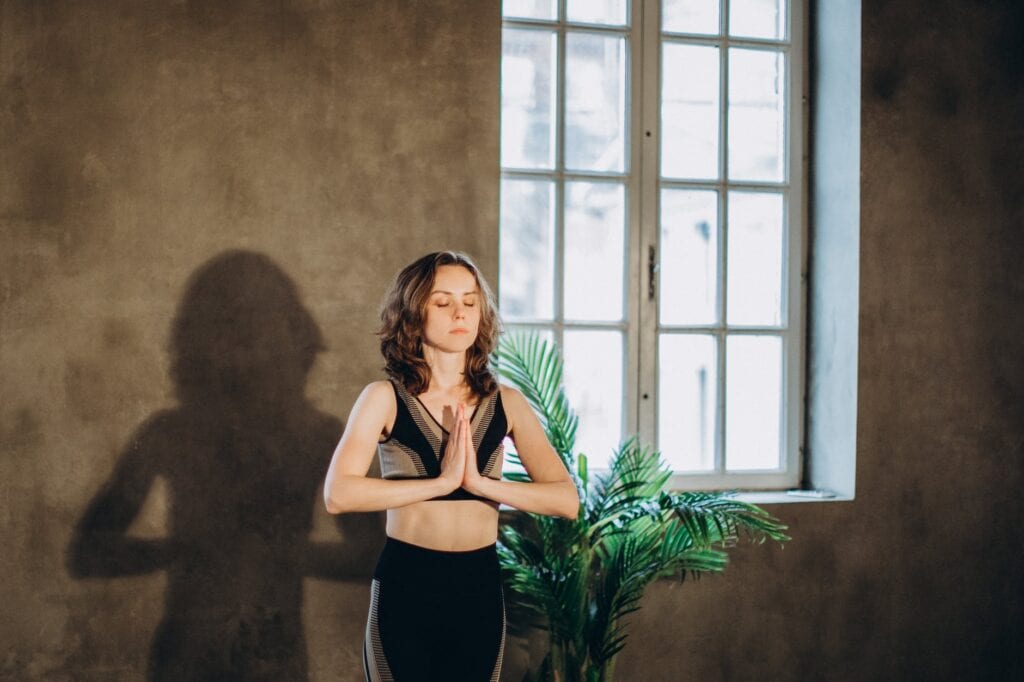
This practice is beneficial for people who thrive in silence and seek spiritual growth. It is common in Hindu and Christian religions because it may be a kind of prayer. One reflects on the silence around you and seek a deeper connection with your God or Universe.
3. Concentration Meditation
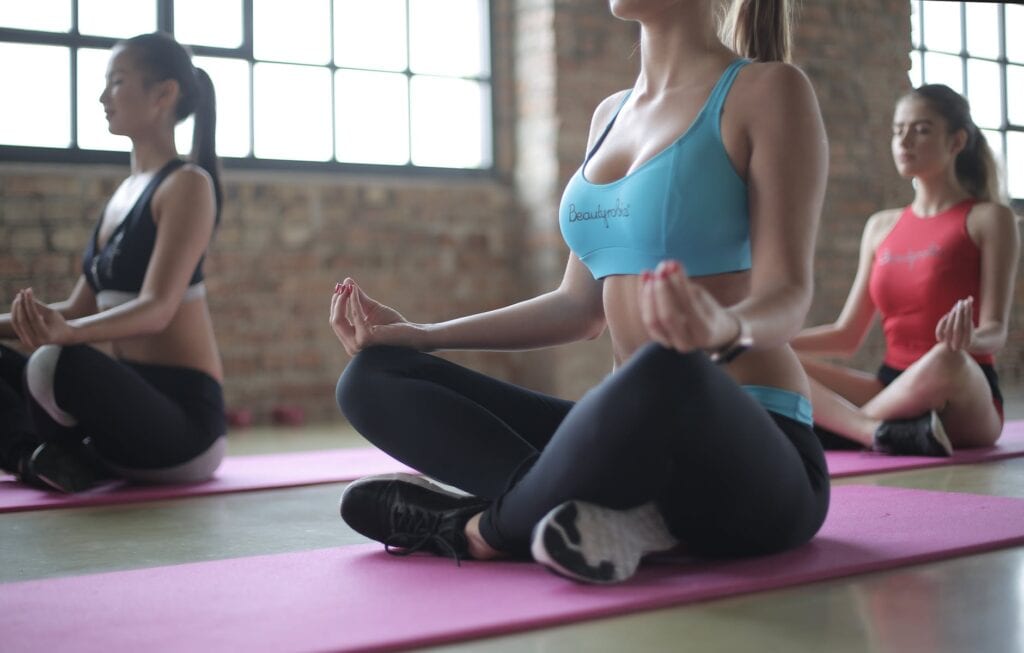
This type of focused meditation involves concentration using any of the five senses. For instance, you’ll concentrate on something internal, like your breath, or through external influences, like gazing candlelight.
For a beginner, specializing in one single point might be challenging. The brain tends to wander every few minutes. In concentration meditation, you refocus your awareness of the thing of attention, whether it’s counting beads or the sound of gongs. By letting the random thoughts in your head go, your ability to concentrate improves.
4. Transcendental Meditation
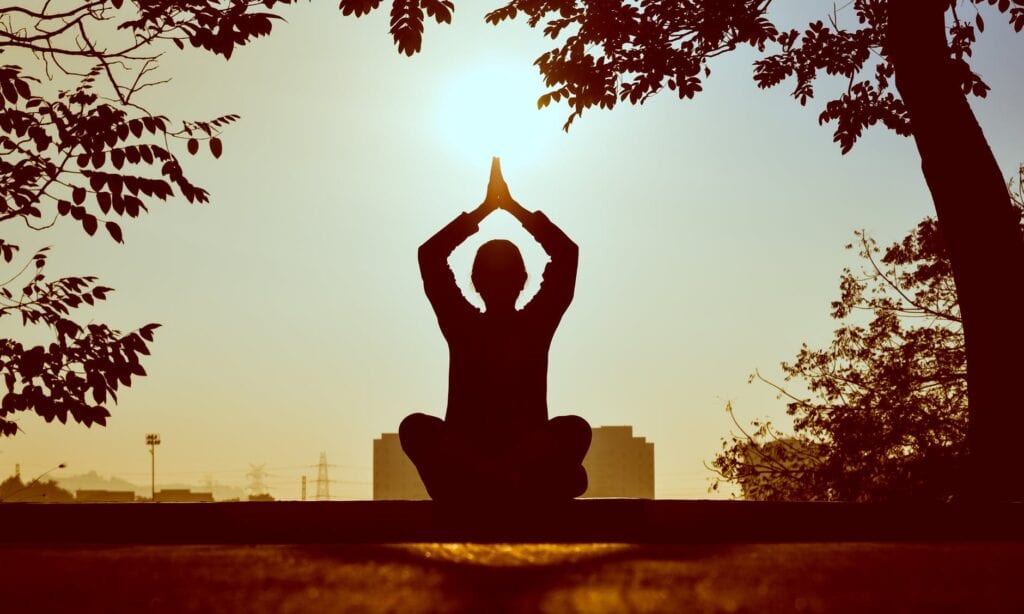
It is the most popular form of meditation around the world, and it’s the most scientifically studied. This practice is more customizable than mantra meditation, employing a mantra or series of words that are specific to each practitioner.
We can say that this is one of the most widespread forms of meditation and that it is practiced by more than five million people around the world. However, you cannot learn this type on your own, as there are qualified instructors. It is practiced twice a day for 15 minutes.
5. Movement Meditation
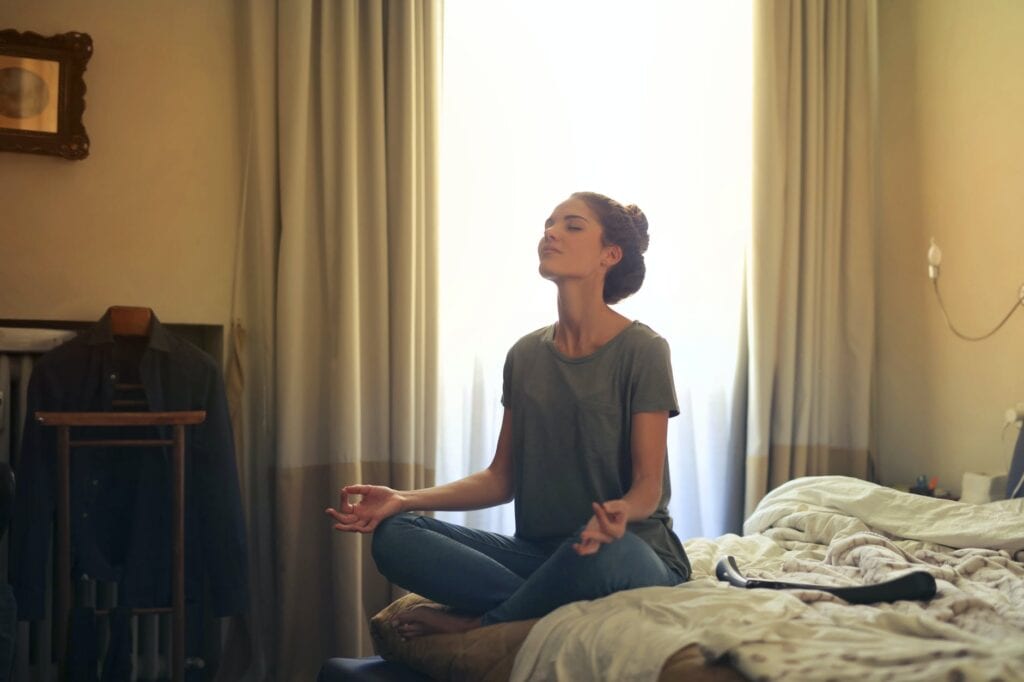
Most people consider yoga once they hear movement meditation, but this practice may include just walking through the woods. Other gentle kinds of motion include t’ ai chi, qigong, and gardening. Movement meditation is suitable for those who find peace in action and wish to let their minds wander. Such meditation has many benefits and it focuses on body movements.
6. Mantra meditation
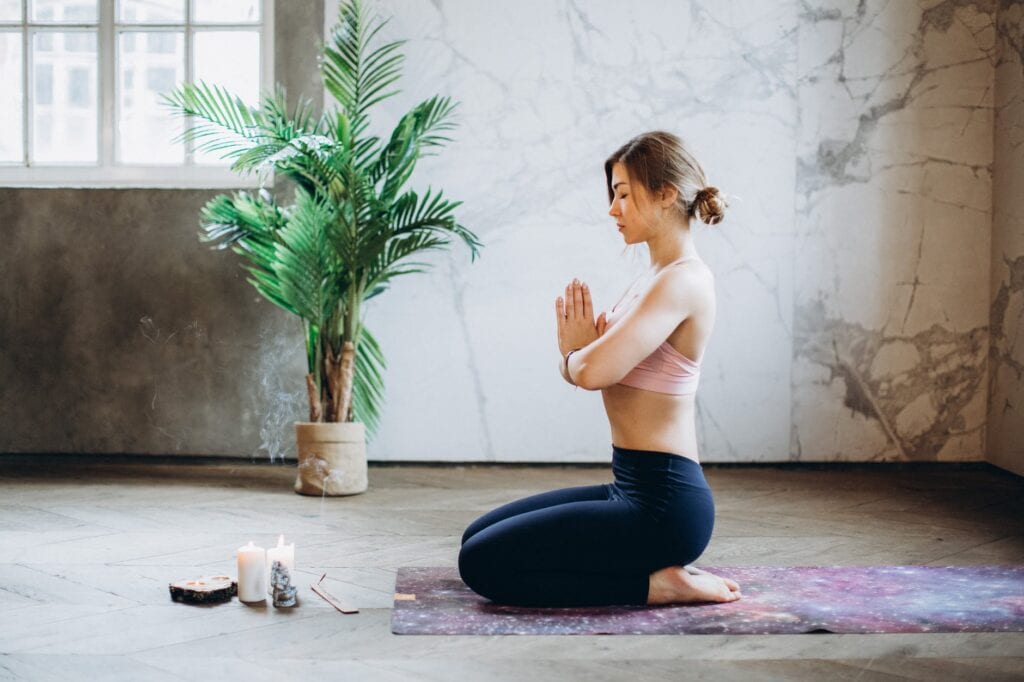
This kind of meditation is originated from Hindu and Buddhist traditions. One focuses on a repetitive sound, just like the universal ‘Ohm’ while meditating. After chanting the mantra, whether loudly or silently, you will be ready to experience more profound levels of awareness. This is often an honest practice for people who would want to concentrate on a word rather than their breath.
This meditation is performed in a sitting position, in the lotus position. It can also be performed on a chair, and the most important thing is that the back is upright, the mouth is closed, and the eyes are half-open, with a view to the floor.
How often do you need to meditate?
There is no written rule about how often you need to practice meditation, but we will say that three times a week is quite optimal. Practicing it is connecting with yourself, that is, they represent the time within which you will see what are the problems that bother you and how they are easiest to solve because if the body and mind are in balance, the level of stress is lower and you will be more energetic and cheerful.
Conclusion
The easiest way to begin is to take a seat quietly and focus on your breath. This may help in: Improve blood circulation, lower heart rate, and respiratory rates which may result in a more incredible feeling of well-being. Those will lead to less stress and more profound relaxation.
During meditation, try to relax and dismiss negative thoughts, focus on breathing, and remove anything that might distract you, for example, the phone. As for breathing techniques, you will not learn them over time. Until then, do not force yourself to breathe with a special technique, but in the way that suits you best.
 Imagup General Magazine 2024
Imagup General Magazine 2024
